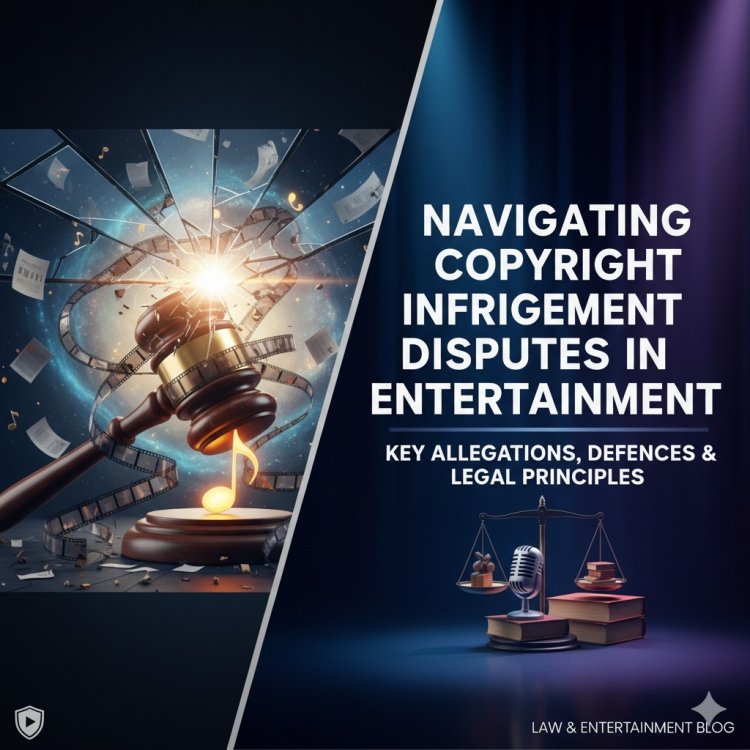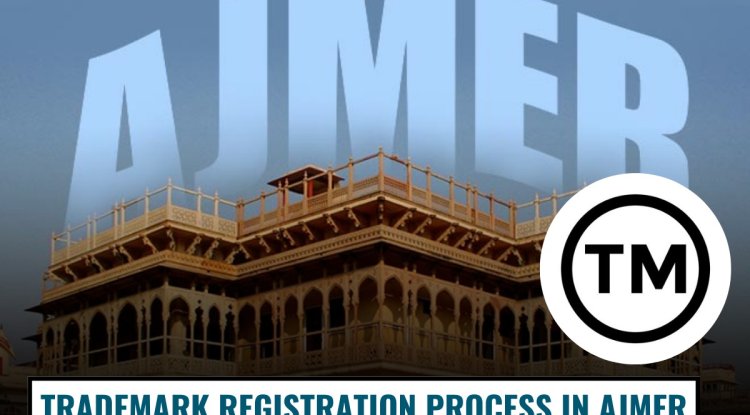Navigating Copyright Infringement Disputes in Entertainment: Key Allegations, Defences & Legal Principles
This article analyzes the Bombay High Court case Ashim Kumar Bagchi v. Balaji Telefilms, involving allegations of copyright infringement and breach of confidence over an original script allegedly mirrored in Dream Girl 2. It explores core legal principles such as the idea–expression dichotomy, originality, substantial similarity, confidentiality requirements, and cost considerations in commercial IP litigation.

Introduction
In the case of Ashim Kumar Bagchi v. Balaji Telefilms Ltd. & Ors., Interim Application (L) No. 22738 of 2023 in Comm IP Suit No. 322 of 2023, the Hon’ble High Court of Judicature at Bombay is examining serious allegations of copyright infringement. The Plaintiff, Ashim Kumar Bagchi, claims that his original script, titled "Kal Kisne Dekha" (subsequently re-registered as "The Show Must Go On"), has been unlawfully appropriated in the Defendants’ film "Dream Girl 2." The Plaintiff argues that there is a significant resemblance between his concept and the comedic structure of the film, which he asserts is a gender swap comedy where a male character adopts a female persona.
Background of the Claim
The Plaintiff contends that he shared his script with individuals affiliated with Balaji Telefilms under strict confidentiality conditions. With the belief that this confidentiality was breached, he is now seeking an injunction to prevent any further exploitation of the film and costs to be imposed on the Defendants for their actions.
The case hinges on several crucial legal questions, including:
1. Whether Plaintiff’s script qualifies for copyright protection under the Copyright Act of 1957.
2. Whether the film "Dream Girl 2" infringes on Plaintiff’s copyright by being substantially similar to his script.
3. Whether there was a breach of confidence regarding any of the confidential information shared.
4. Whether costs should be imposed based on both parties' conduct throughout the proceedings.
Plaintiff’s Arguments
The Plaintiff presented compelling arguments underlining the originality of his script. The Plaintiff emphasized that the script is an original work, supported by evidence of registration and the consequent sharing of his work under confidentiality agreements. He highlighted striking similarities between his script and the film, citing specific scene-by-scene parallels. The Plaintiff asserted that the Defendants utilized his work as a "springboard" for their project. Importantly, he clarified that his intention was not to monopolize the general concept of a gender swap but to assert that the expression and arrangement of his ideas had been directly copied. The Plaintiff’s presentation focused on the creative elements he alleged had been misappropriated, bolstering his claims of copyright infringement.
Defendants’ Position
In stark contrast, the Defendants contended that the Plaintiff was attempting to claim rights over ideas, themes, or generic concepts that are not eligible for copyright protection. They argued that the themes of gender disguise and financial difficulty are commonplace and thus unprotectable under copyright law. The Defendants emphasized that "Dream Girl 2" presents substantial differences in expression, structure, and motivations compared to the Plaintiff’s original work. Moreover, the Defendants questioned the validity of the Plaintiff’s claim regarding a breach of confidentiality, pointing out that he had failed to specify what confidential information had allegedly been compromised. They claimed that there was no actionable breach of confidence and sought to recover costs, viewing the Plaintiff's allegations as frivolous and a misuse of judicial resources.
Key Legal Principles
Copyright Principles
1. Copyright Exclusions: It is crucial to understand that copyright law does not protect ideas, themes, or plots; it only safeguards the expression, arrangement, and form of the work. In the landmark case of R.G. Anand v. Delux Films & Ors., (1978) 4 SCC 118, the Supreme Court discussed the limitations of copyright protection, highlighting that similarities in ideas do not necessarily equate to infringement.
2. Test for Infringement: The determination of copyright infringement involves assessing whether there is substantial and material copying. This analysis excludes a piecemeal or dissected comparison between works and instead looks at the works in their entirety to evaluate their similarity.
To know more about this you can follow the link below:
Breach of Confidence Standards
The legal requirements for establishing a breach of confidence include:
1. Identification of Specific Information: The Plaintiff must specifically identify the information that was shared confidentially.
2. Originality: The information must be original and not readily accessible to the public.
3. Misuse of Information: The Defendant must have misused the confidential information.
The principles outlined in Tarun Wadhwa v. Saregama India Ltd. & Anr., 2021 SCC OnLine Bom 13993, and Inception Media LLP Vs. Star India Pvt. Ltd. & Anr., 2015 SCC OnLine Bom 5046, establish a framework necessary for successfully pursuing a breach of confidence claim.
Cost Implications in Commercial Suits
In commercial litigation, the awarding of costs is usually dependent on the outcome of the case, particularly in situations where it is deemed that claims are frivolous or unsubstantiated.
Court Analysis
Upon evaluation, the court concluded that the Plaintiff’s claims primarily revolved around seeking copyright protection over elements that do not qualify as protectable concepts under copyright law. The core ideas of gender disguise and comedic situations found in both narratives were deemed too generic to warrant copyright protection. A critical comparison between the Plaintiff’s script and the Defendants’ film revealed substantial differences in terms of setting, character motivations, and key plot events. The court found that the approach taken by the Plaintiff conducting a piecemeal comparison was not valid for establishing legal grounds for copyright infringement. Furthermore, the Plaintiff was unable to identify any specific confidential information breached during the course of events. The absence of compelling evidence demonstrating unauthorized use of Plaintiff’s work coupled with substantial differences displayed by the Defendants' film led to the conclusion that no grounds for copyright infringement or a breach of confidence had been established. Consequently, the court opted not to grant the injunctive relief sought by the Plaintiff and rejected claims for costs against the Defendants.
Conclusion
The case underscores the complexities involved in copyright law, particularly as it pertains to the distinction between protectable expressions and unprotectable ideas. As the court has ruled, the Plaintiff failed to substantiate claims of infringement or breach of confidence, focusing instead on elements which are generic and inherent to many comedic narratives. This case also illustrates the judicial perspective on frivolous claims and the necessity for Plaintiffs to anchor their allegations in substantial, protectable aspects of their work. As the legal landscape continues to evolve, this case serves as a noteworthy point of reference for similar disputes in the realm of intellectual property law.












